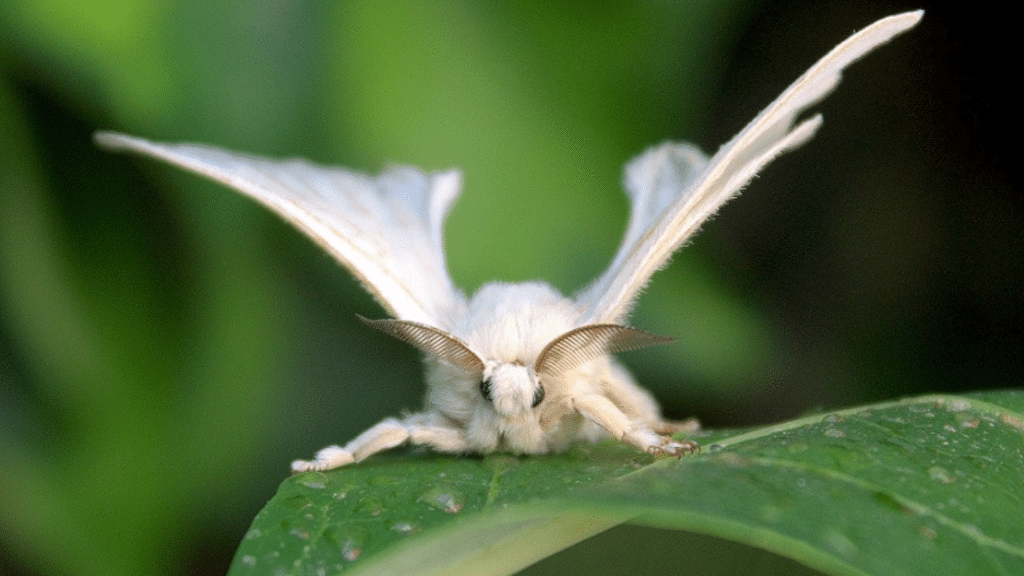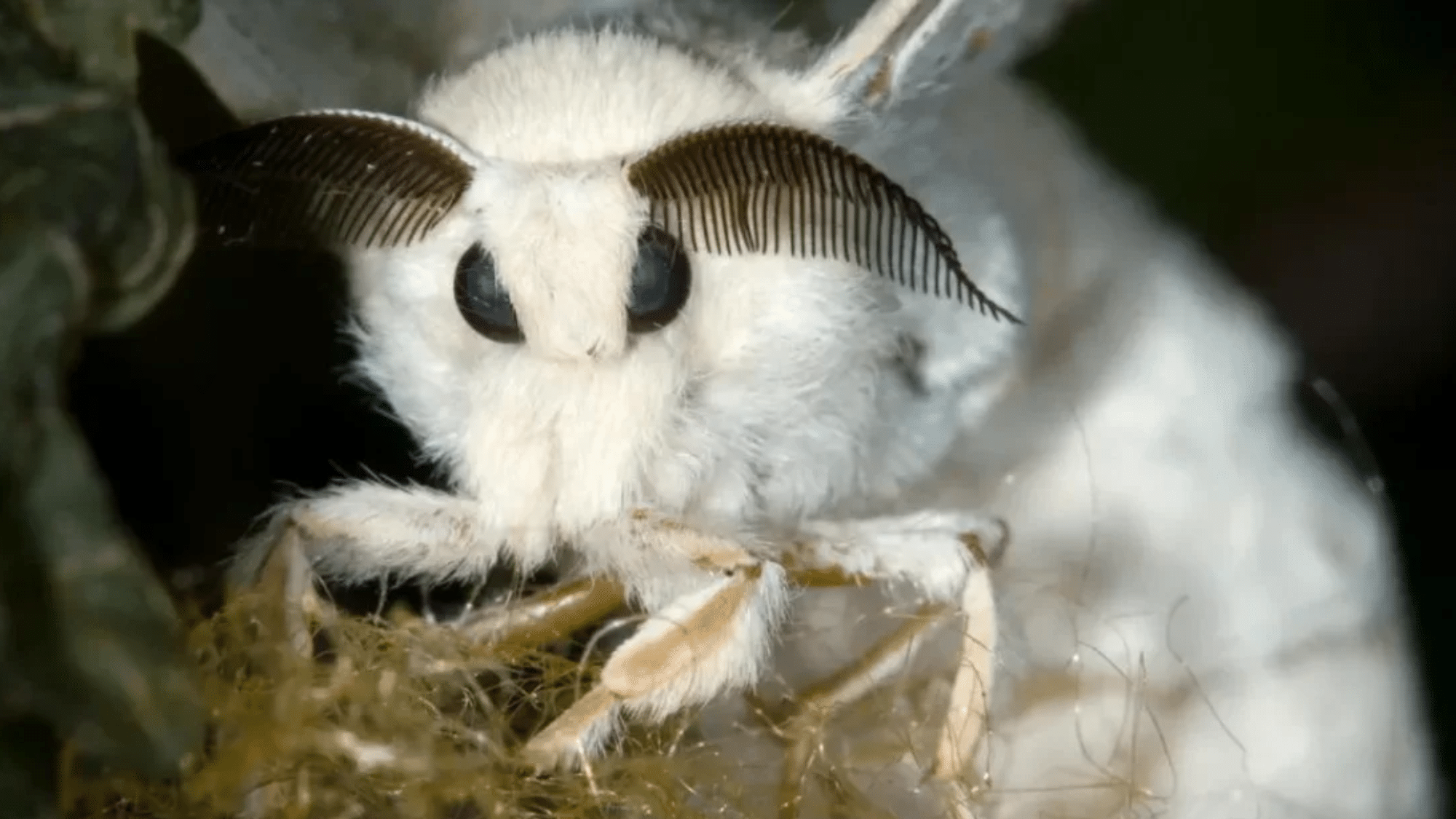Ever stumbled across a strange-looking creature online and wondered if it’s even real?
The internet is full of animals that seem too weird to exist, but somehow do.
One critter that keeps popping up in believe-it-or-not posts is a fluffy little moth that looks like it might be part puppy, part cotton ball.
While much remains unknown about these fluffy little creatures, the Venezuelan Poodle Moth likely shares a similar lifespan to many moths.
Let’s dig into what we actually know about this internet-famous moth and separate the facts from fiction about its mysterious life.
1. Found in 2009
The Venezuelan Poodle Moth was first found in 2009 by zoologist Arthur Anker in the remote Gran Sabana region of Venezuela.
Anker’s find was significant because this moth was unlike any other species known at the time, with its striking and fluffy features that resemble a poodle.
2. Named for Its Appearance
The Venezuelan Poodle Moth is named after its distinctive, poodle-like appearance.
The moth’s body is covered with fluffy, hair-like scales, which give it a soft, furry look resembling that of a poodle dog.
This unusual trait is what caught the attention of both scientists and the public.
3. Belongs to The Artace Genus
Scientists have placed the Venezuelan Poodle Moth in the Artace genus, which is part of the Lasiocampidae family of moths, commonly known as flannel moths. The Artace genus contains species that generally have furry or woolly bodies.
4. Unique “Fur” is Setae
What seems like fur on the Venezuelan Poodle Moth’s body is actually a layer of setae, which are hair-like scales.
These scales are not for warmth or insulation, as one might expect with fur.
But instead serve several functions: they protect from predators and help with camouflage in their natural habitat.
5. Found Only in Venezuela
The Venezuelan Poodle Moth is endemic to Venezuela, meaning it has only been found in this country.
Specifically, it is found in the remote Canaima National Park, a vast and biodiverse area in southeastern Venezuela.
6. Prefers Cool, Humid Environments
The Venezuelan Poodle Moth thrives in cool, humid environments, specifically in the high-altitude grasslands and rainforests of Venezuela.
These habitats offer the perfect conditions for the moth to live and breed, especially near streams and other water bodies.
7. Small Size
The Venezuelan Poodle Moth is a small to medium-sized moth, measuring about 30-40 mm (1.2-1.6 inches) in length.
Its wingspan ranges from 1.5 to 2.5 inches (3.8-6.4 cm), making it relatively compact compared to other moth species.
8. Coloration and Camouflage
The moth’s coloration varies from white to beige or gray, which helps it blend seamlessly into the environment of leaf litter and branches in its natural habitat.
This coloration, along with its fluffy body, provides excellent camouflage against predators, allowing it to hide in plain sight and avoid detection from those that might pose a threat.
9. Distinctive Black Eyes
One of the Venezuelan poodle moth’s most distinctive features is its large, black eyes, which stand out against its pale, fuzzy body.
These large eyes are not just for show; they likely help the moth with vision in its low-light, nocturnal environment.
10. Short, Feathery Antennae
The Venezuelan Poodle Moth has short, feathery antennae that are not only visually striking but also serve important functions.
These antennae are equipped to sense pheromones, odors, and air currents, helping the moth sense its surroundings, locate food, and find mates.
11. Nocturnal Activity
Like many moth species, the Venezuelan Poodle Moth is nocturnal, meaning it is primarily active at night.
During the day, it remains hidden to avoid predators, only venturing out under the cover of darkness to hunt and find mates.
12. Soundproofing Fluff for Defense
The moth’s fluffy setae have another potential function beyond camouflage: they may help absorb sound.
This characteristic makes it harder for predators, such as bats, to detect the moth using echolocation.
The soundproofing ability could be an important defense mechanism against one of its primary predators.
13. The Main Predators are Bats
The primary predators of the Venezuelan Poodle Moth are bats, which often hunt moths using echolocation to locate them in the dark.
To evade detection, the moth relies on its fluffy body and the potential sound-dampening properties of its setae to escape capture by bats and other predators.
14. Extremely Rare and Mysterious
Since it was found in 2009, the Venezuelan Poodle Moth has been an extremely rare and mysterious species.
This scarcity has added to its charm, with scientists still studying its behaviors and ecology.
15. Conservation Status Unknown
Due to its rarity and the limited research on its population, the IUCN (International Union for Conservation of Nature) has not officially assessed the conservation status of the Venezuelan Poodle Moth.
However, it is believed that, like many rainforest species, it faces threats such as habitat loss, climate change, and deforestation.
Conclusion
The Venezuelan Poodle Moth might look like a creature from a cartoon, but it’s a real animal that shows just how amazing nature can be.
Even though scientists don’t know everything about it yet, we do know it’s rare, fluffy, and has some fascinating features.
Sadly, its home is under threat, so this moth reminds us how important it is to protect our planet’s wildlife.
If you ever spot one, consider yourself lucky; it’s a moment to remember!





















